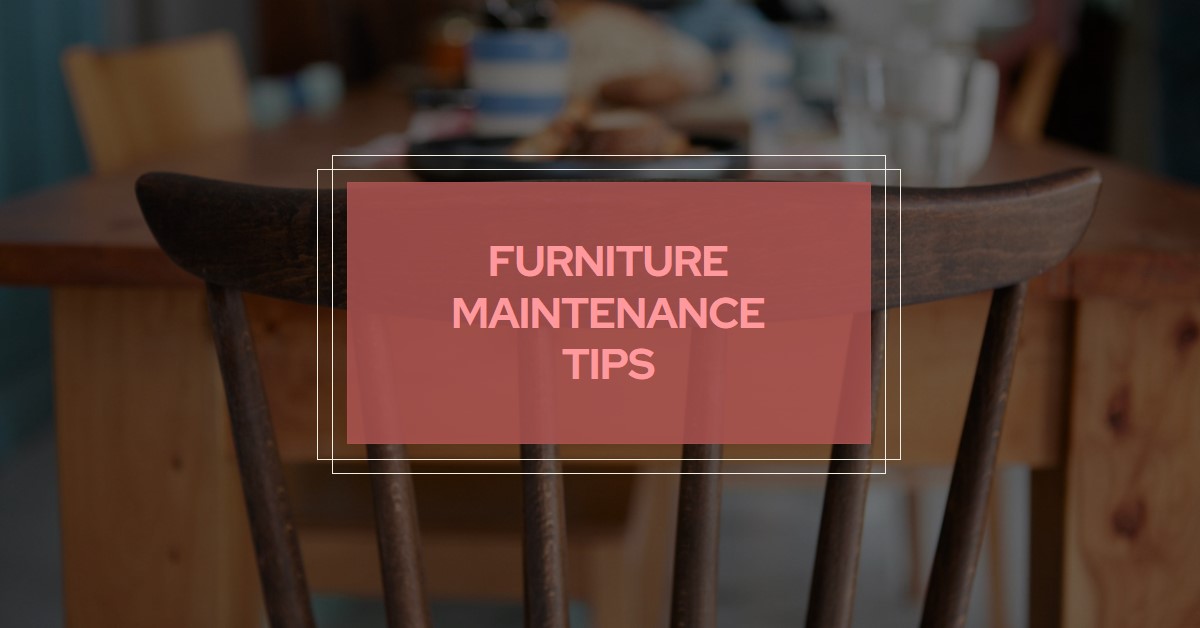Top 7 French Polishing Techniques for a Timeless Finish
Unlock the secrets to perfect furniture with French polishing. Learn essential techniques for restoration. Discover methods for achieving timeless finishes. Mastering these skills transforms old into new. Gain confidence in your furniture maintenance.
French polishing ensures furniture longevity. Dive into the art of refinishing. Furniture restoration becomes rewarding with proper techniques. Explore the world of French polishing. Experience the joy of revitalising furniture.
Seven French Polishing Techniques to Get a Timeless Finish
Understanding French Polishing
French polishing is a unique way to make old furniture look new. Furniture restoration becomes easy by using materials like shellac and elbow grease. You carefully apply layers of shellac to the wood surface. Then, you rub it until it shines. This technique brings out the wood's natural beauty.
This polishing technique needs patience and attention to detail. But the results are worth it! It is like giving furniture a fresh lease on life. You can transform any old piece into a treasure with French polishing! Here are the top French polishing techniques that offer a timeless finish.
Technique 1: Surface Preparation
Before starting French polishing, it is crucial to prep the furniture surface. Furniture refinishing begins here! Start by cleaning the surface thoroughly. Remove any dirt, grease, or old finishes. Next, sand the surface gently to smooth out imperfections. This step helps the new finish adhere better.
Fill them with wood filler if there are any cracks or gaps. Surface preparation is the foundation for a flawless French polishing finish. Take your time with this step for the best results. Now, your furniture is ready for its transformation!
Technique 2: Shellac Preparation
Before applying French polishing, it is vital to prepare the shellac properly. Furniture maintenance starts here! Choose the best type of shellac for your project. People prefer to use flake shellac. Mix the shellac flakes with denatured alcohol. Stir until the flakes dissolve.
Filtering the mixture removes impurities, ensuring a smooth finish. Store the shellac mixture in a cool, dark place. Proper shellac preparation is essential for a successful French polishing project. Take care in this step to achieve beautiful results. Now, your shellac is ready to bring new life to your furniture!
Technique 3: Applying the Initial Coats
Applying the initial coats is the basic to begin French polishing. It is a necessary part of furniture restoration. Prepare your workspace with care. Use a clean, lint-free cloth for application. Dip the cloth into the shellac mixture and apply the shellac in long, even strokes. Ensure complete coverage of the surface.
Allow each coat to dry thoroughly. Patience is vital during this process. Building up layers creates a beautiful finish. With each coat, the wood's natural beauty shines through. Applying the initial coats sets the stage for a stunning French polishing result.
Technique 4: Building the Finish
You can build the finish for your furniture restoration project with French polishing. Begin by applying additional layers of shellac. Each layer adds depth and durability to the finish. Use a pumice rubbing technique between coats. It helps to smooth the surface and remove imperfections. Take care to maintain an even application throughout.
Building the finish ensures a beautiful, long-lasting result. Each layer helps enhance the natural beauty. But the result will be well worth the effort. Building the finish is a crucial step in French polishing for furniture restoration.
Technique 5: French Polishing Motion
The motion you use is crucial for furniture refinishing success in French polishing. Adopt a figure-eight pattern. This motion ensures even distribution of the shellac. Apply gentle pressure as you work. Keep the cloth moist with shellac. Avoid pressing too hard because that can cause streaks.
Consistency is essential for a smooth finish. Practice the motion until it feels natural. French polishing motion takes time to master. But with patience, you will achieve professional results.
Technique 6: Adding Color Depth
Add colour depth with French polishing and make your furniture restoration stand out. Begin by selecting the right tint for your desired hue. Mix the tint with shellac thoroughly. Apply the tinted shellac in thin, even layers.
Layering the colour adds richness and depth to the finish. It also helps balance transparency and opacity for the perfect look. Remember, adding colour depth enhances the beauty of your furniture. You can create a stunning and unique piece with French polishing.
Technique 7: Enhancing Grain Definition
Follow these steps to enhance grain definition during French polishing for furniture maintenance. Start with a clean surface. Apply a grain filler to open-pore woods. It fills in any gaps or pores. Use a brush or cloth to work the filler into the grain. Wipe off excess filler with a clean cloth. Allow the filler to dry completely.
Sand the surface lightly to smooth it out. Apply shellac in thin, even coats. The shellac will highlight the natural grain patterns. Take your time to achieve the desired result. Enhancing grain definition adds beauty to your furniture restoration project.






Comments
Post a Comment